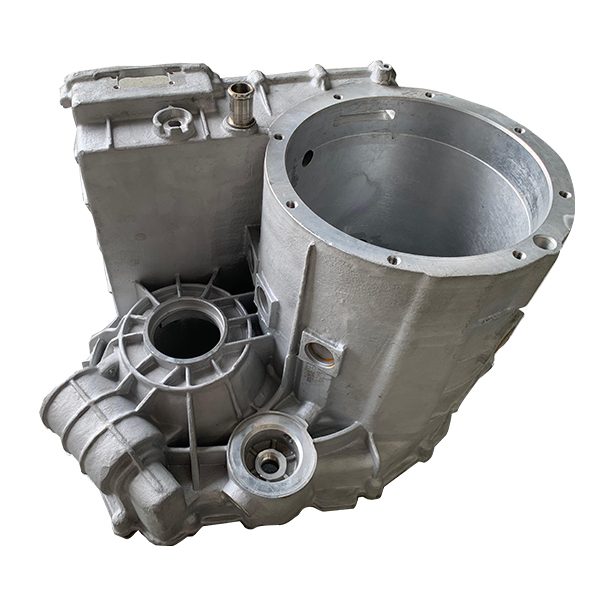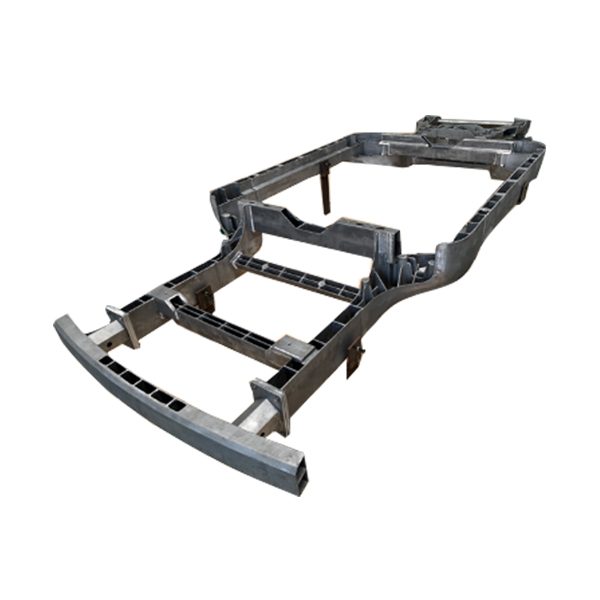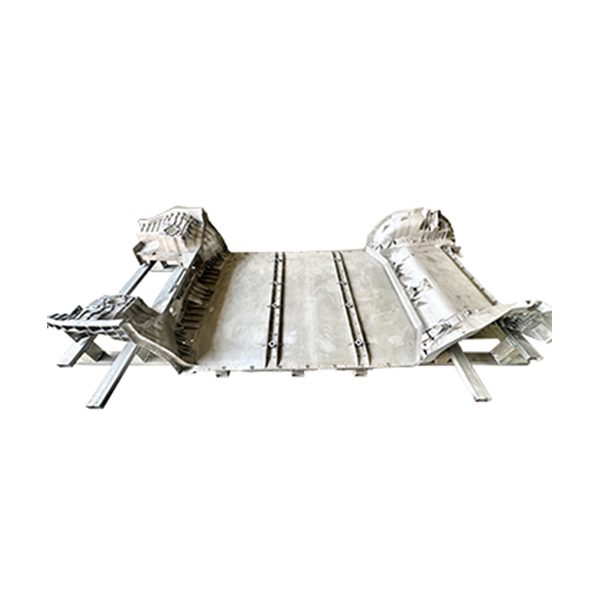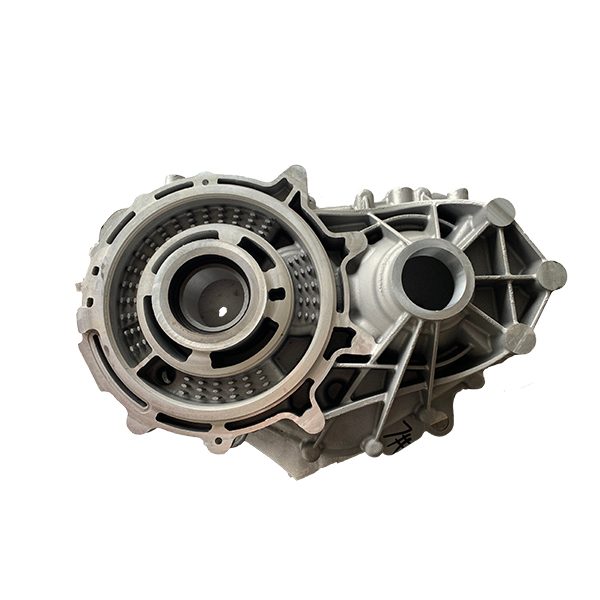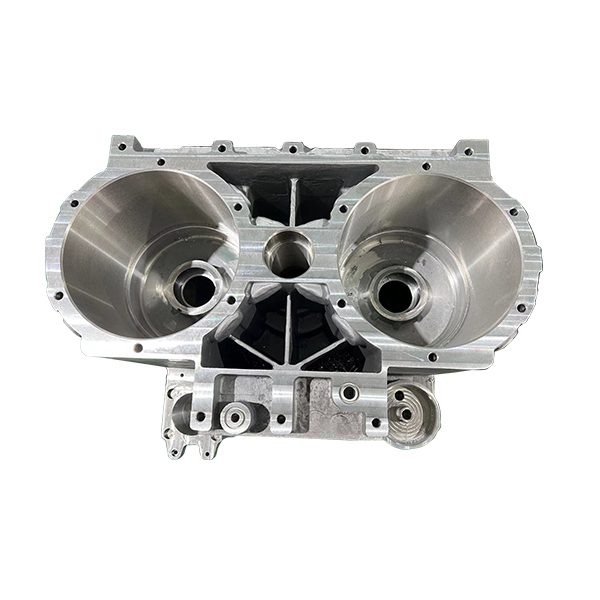Rapid casting
Rapid casting fuses traditional casting techniques with 3D-printed molds. This approach combines intricate designs with low costs for one-off parts.

Small batch customization, minimum order is one piece

Process Optimization

Excellent Enterprise in Application of Sand Printing Technology

IS0 9001:2005

IATF16949
What is Rapid casting?
Rapid casting(sand casting with 3DP Technology) fuses traditional casting techniques with 3D-printed molds. This approach combines intricate designs with low costs for one-off parts.
The process of 3D printing is to first lay a layer of sand, solidify it with an adhesive, and then stack it layer by layer. The material of the sand mold is quartz sand. Since resin is used to bind the sand materials together, this sand is also called resin sand. Layer thicknesses of resin sand materials can be as low as just 300 microns (the thickness of three human hairs).


Rapid casting(sand casting with 3DP Technology) is a commonly used casting process in the production of castings. Casting is one of the methods of metal processing. It is a metal processing method in which liquid metal is poured into a casting cavity suitable for the shape of the part. After it cools and solidifies, a metal part blank with a certain shape, size, and performance is obtained. However, the more complex the structural shape of the casting, the more troublesome the casting mold will be.
Rapid prototyping technology makes the difficulty of the forming process independent of the complexity of the physical entity shape to be formed. Therefore, many modeling tasks of sand molds today must be completed with 3D printers. This valuable technical feature enables it to best adapt to the competitive environment of the contemporary manufacturing market and develop rapidly.


Rapid prototyping technology only requires 30% to 50% of the labor hours and 20% to 35% of the cost of traditional processing methods to directly manufacture product samples or molds. 3D printing prototypes have been widely used in the fields of machinery, electronics, automobiles, aviation, and aerospace. With the improvement of this technology, it has brought a revolution to the manufacturing industry.
How Rapid Casting Works

3D printing of sand mold
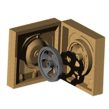
Combine the boxes and casting
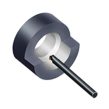
Mechanical processing

Product inspection

Deliver goods
Sand casting integrates conventional casting methods with molds created through 3D printing. This methodology merges intricate designs with cost-effective production of unique components.
The first important step is for the mold to be 3D printed out of sand mold. Wenxuan will design the mold for you – you only need to provide the design file for the part and we take care of the rest.


The additive manufacturing process is capable of creating molds with internal cavities and intricate geometries. Once the mold is ready, molten metal is poured into the mold. As the metal cools, it solidifies. The sand mold is broken away, revealing the casted part.
Advantages of 3D printing rapid casting
- Saving time: short delivery cycle
- Cost saving: tool-free construction
- High flexibility for quantity, shape design, and variations
- Almost any complex geometric shape
- Complex cores can be built in one piece and accurately recreated
- Dimensions: from small parts to 2000 x 1000 x 1000 mm
- No storage and maintenance costs compared to traditional mold-making
- Any hybrid manufacturing method and combination with traditional crafts
- Components/reverse engineering
What We Good At CNC Machining Processes

CNC Milling
CNC milling is a subtractive manufacturing method that uses a cutting tool to moves and rotate to remove material. CNC mills can be used for cutting and machining operations of various plastic and metal materials. It is suitable for any industry that requires precision components and is also an ideal tool for making molds.

CNC Milling
CNC milling is a subtractive manufacturing method that uses a cutting tool to moves and rotate to remove material. CNC mills can be used for cutting and machining operations of various plastic and metal materials. It is suitable for any industry that requires precision components and is also an ideal tool for making molds.
CNC Milling
CNC milling is a subtractive manufacturing method that uses a cutting tool to moves and rotate to remove material. CNC mills can be used for cutting and machining operations of various plastic and metal materials. It is suitable for any industry that requires precision components and is also an ideal tool for making molds.
CNC Milling
CNC milling is a subtractive manufacturing method that uses a cutting tool to moves and rotate to remove material. CNC mills can be used for cutting and machining operations of various plastic and metal materials. It is suitable for any industry that requires precision components and is also an ideal tool for making molds.
Why Choose WayKen's CNC Machining Services?
Precision, Quality and Affordability at any volume. Our team responds quickly to accommodate your needs.
- An Experienced Team with Expertise
- An Experienced Team with Expertise
- An Experienced Team with Expertise
- An Experienced Team with Expertise
- An Experienced Team with Expertise
- An Experienced Team with Expertise
- An Experienced Team with Expertise
- An Experienced Team with Expertise
- An Experienced Team with Expertise
- An Experienced Team with Expertise
FROM CNC PROTOTYPING TO LOW-VOLUME PRODUCTION
We Offer A Differentiated Custom Machining Service
Prototype Machining for Design Verification and Engineering Testing
Prototyping is the process of creating plastic and metal parts through CNC processing. It allows your design team to closely simulate the appearance, function, and material properties of the final product. Moreover, testing the suitability and manufacturability of components is help to prove and perfect the design.
We offer professional CNC services to ensure quality and accuracy, with a commitment to fast delivery.
Prototype Machining for Design Verification and Engineering Testing
Prototyping is the process of creating plastic and metal parts through CNC processing. It allows your design team to closely simulate the appearance, function, and material properties of the final product. Moreover, testing the suitability and manufacturability of components is help to prove and perfect the design.
We offer professional CNC services to ensure quality and accuracy, with a commitment to fast delivery.
Case Applications Of CNC Machined Parts
CNC machining is a versatile manufacturing technology that can be used for a wide range of applications. Common examples include components for the aerospace, automotive, medical industries and etc.






CNC Machining Materials & Finishes
There are a wide variety of materials that can be machined using CNC technology, WayKen provides CNC machining quotes for more than 30 engineering-grade plastic and metal materials. In terms of finishes, various types of surface finishes can be applied to CNC machined parts.
-Plastic: ABS, PC, ABS+PC, PMMA(Acrylic), PA(Nylon), PA+GF30, POM(Acetal / Delrin), PP, PVC, HDPE, PPS, PEEK, PEI(Ultem), Teflon, Bakelite Resin, Epoxy Tooling Board.
-Metal: Aluminum, Steel, Stainless Steel, Brass, Bronze, Copper, Magnesium Alloy, Titanium Alloy, Zinc Alloy.
-Finishes: We support one-stop CNC machining surface finishing to meet the visual and functional requirements of any design. Including sanding, sandblasting, mirror polishing, painting, printing, laser etching, anodizing, electroplating, nickel plating, chrome plating, powder coating, etc.
FROM CNC PROTOTYPING TO LOW-VOLUME PRODUCTION
We Offer A Differentiated Custom Machining Service
CNC Plastic Machining
More than 30 engineering-grade materials can be used for CNC plastic machining. The machined plastic parts are 100% functional and able to be mechanically tested.


CNC Plastic Machining
More than 30 engineering-grade materials can be used for CNC plastic machining. The machined plastic parts are 100% functional and able to be mechanically tested.

CNC Machining Tolerances
Design For Manufacturability
A Quick Guide To Designing CNC Machined Parts
Optimize your designs to avoid unnecessary machining features, limit part complexity, help reduce CNC machining costs and time, and create machined parts faster and more efficiently.
As large an internal radius as possible
Any internal cut will generate a fillet that is half the diameter of the tool used. Milling with smaller tools takes a long time and we recommend that the radius should be greater than 1/3 of the depth of machining. The best bet is to relieve internal corners or allow for as large an internal radius as possible on mating part designs and use the same radius on all inside edges so that the same tool can be used throughout the CNC machining processes.
Avoid overly deep cavities, grooves and holes
The depth of the cavity and groove is usually related to the diameter of the tool used to make the internal fillets, and a good rule of thumb is to keep the cavity depth 3 – 4 times the tool diameter or the groove depth less than 4 times the feature width. Whether blind holes or through holes, the recommended maximum depth is 4 times the diameter and the minimum hole diameter is 1 mm, and it is recommended to design standard size holes. With a standard drill, holes can be machined quickly and with high precision; for non-standard holes, using an end mill will increase costs.
Avoid thin walls
As with tall walls, vibration increases when machining thin features. As a guide, the minimum thickness of thin-walled metal parts should be 0.5-0.8 mm, and the minimum thickness of plastic parts should be 1.0- 1.5 mm. If the walls are for supporting action or taller features, the wall thickness should be increased to avoid vibrations during CNC machining processes.
Avoid small or raised text
You may need to mark parts with part numbers or company names. Adding text looks really cool in the custom CNC machining, but is time-consuming to process; electrochemical etching or laser marking is usually better. If you must cut text, choose recessed rather than raised text whenever possible, keep it simple and large, with a font depth of no more than 0.3mm.
Stick to the standards for threads
Sticking to standard sizes is also important when creating threads. Length should be kept to a maximum of 3 times the nominal diameter of a hole. For blind hole tapping, it is preferable to add an additional length of at least 1/2 hole diameter at the root of the hole. You might also think about using inserts. threaded coils and brass nuts provide longer service life than bare threads, especially in soft materials such as aluminum or plastic, and are easy to install.
The Ordering Process For CNC Machining Quotes
In Just 4 Steps
01.
Upload Your CAD File
Directly upload your file or send your project message through the quote page. All files are under NDA supported.
02.
Upload Your CAD File
Directly upload your file or send your project message through the quote page. All files are under NDA supported.
03.
Upload Your CAD File
Directly upload your file or send your project message through the quote page. All files are under NDA supported.
04.
Upload Your CAD File
Directly upload your file or send your project message through the quote page. All files are under NDA supported.
WHAT DO YOU NEED TO KNOW ABOUT?
CNC Machining FAQs
We offer product developers parts machined from engineering-grade materials that are suitable for functional testing or end-use applications. Get the support you need on CNC machining and engineering information by reading the FAQ here.
What kind of CNC machining services do you offer?
CNC machining is also called computer numerical control machining. We do the following machining services: milling, turning, drilling, threading, tapping, EDM and wire EDM, custom surface finishing, prototype machining, low volume or one-off part machine runs, modification of an existing part, material sourcing assistance, limited material warehousing and parts dispatching.
From prototype to production, from 1 to 10,000 pieces, we offer fast turnaround CNC machining of your custom metal and plastic parts with as fast as 3-day delivery.
What are your CNC machining capabilities?
WayKen has a 35,000 square foot CNC machining shop. With 60+ skilled employees and 16 high-performance CNC machines, maintain 24/7 operations and can deliver over 300 machining projects and 20,000+ machined parts per month in our CNC machining centers.
What is the typical cost of a CNC machined part?
Our engineering and sales teams will provide one-on-one quote support for your project. Typically, for similar parts, CNC lathes cost 15% less to machine than standard 3-axis CNC milling. In contrast, the cost of 5-axis machining increases, continuous 5-axis CNC milling typically costs over 20% higher than an indexed 5-axis machine (also referred to as 3+2 milling), and about double that of a standard 3-axis mill. To achieve the most cost-effective CNC machined parts, larger production runs are recommended to spread the cost of machine setup.
What are the maximum size ranges of your machine travel?
Maximum Dimensions (3-axis milling): 1270×508×635 (mm).
Maximum Dimensions (5-axis milling): 450×700×400 (mm), Worktable Diameter Φ400 mm.
What kind of surface finish does CNC machining leave?
Once the machining process is complete, the CNC parts surface will have slight visible tool marks, called “as-machined” or “as-milled” surface finish. Machined surface roughness (Ra) is standardized at 1.6-3.2 μm, and surface finish requirements can be increased to 0.8-1.6 μm or higher at 0.2-0.8 μm, however, this will require more operating time and higher costs.
Quick Overview: CNC Machining Quotes
In order to provide a meaningful quote, we require the following information:
We accept CAD data in any format, 2D and 3D, including STP, IGES, X_T, DWG, PDF, STL;
The expected quantities, machining processes, and raw materials required;
Any necessary secondary operations, including finishing specifications, heat treatment, anodizing or plating, etc.
Any applicable customer specifications, such as First Article Inspection, PPAP requirements, and required outside process certificates;
Any other useful information, such as target pricing or required lead times.
In order to provide a meaningful quote, we require the following information:
We accept CAD data in any format, 2D and 3D, including STP, IGES, X_T, DWG, PDF, STL;
The expected quantities, machining processes, and raw materials required;
Any necessary secondary operations, including finishing specifications, heat treatment, anodizing or plating, etc.
Any applicable customer specifications, such as First Article Inspection, PPAP requirements, and required outside process certificates;
Any other useful information, such as target pricing or required lead times.
In order to provide a meaningful quote, we require the following information:
We accept CAD data in any format, 2D and 3D, including STP, IGES, X_T, DWG, PDF, STL;
The expected quantities, machining processes, and raw materials required;
Any necessary secondary operations, including finishing specifications, heat treatment, anodizing or plating, etc.
Any applicable customer specifications, such as First Article Inspection, PPAP requirements, and required outside process certificates;
Any other useful information, such as target pricing or required lead times.
In order to provide a meaningful quote, we require the following information:
We accept CAD data in any format, 2D and 3D, including STP, IGES, X_T, DWG, PDF, STL;
The expected quantities, machining processes, and raw materials required;
Any necessary secondary operations, including finishing specifications, heat treatment, anodizing or plating, etc.
Any applicable customer specifications, such as First Article Inspection, PPAP requirements, and required outside process certificates;
Any other useful information, such as target pricing or required lead times.
In order to provide a meaningful quote, we require the following information:
We accept CAD data in any format, 2D and 3D, including STP, IGES, X_T, DWG, PDF, STL;
The expected quantities, machining processes, and raw materials required;
Any necessary secondary operations, including finishing specifications, heat treatment, anodizing or plating, etc.
Any applicable customer specifications, such as First Article Inspection, PPAP requirements, and required outside process certificates;
Any other useful information, such as target pricing or required lead times.

